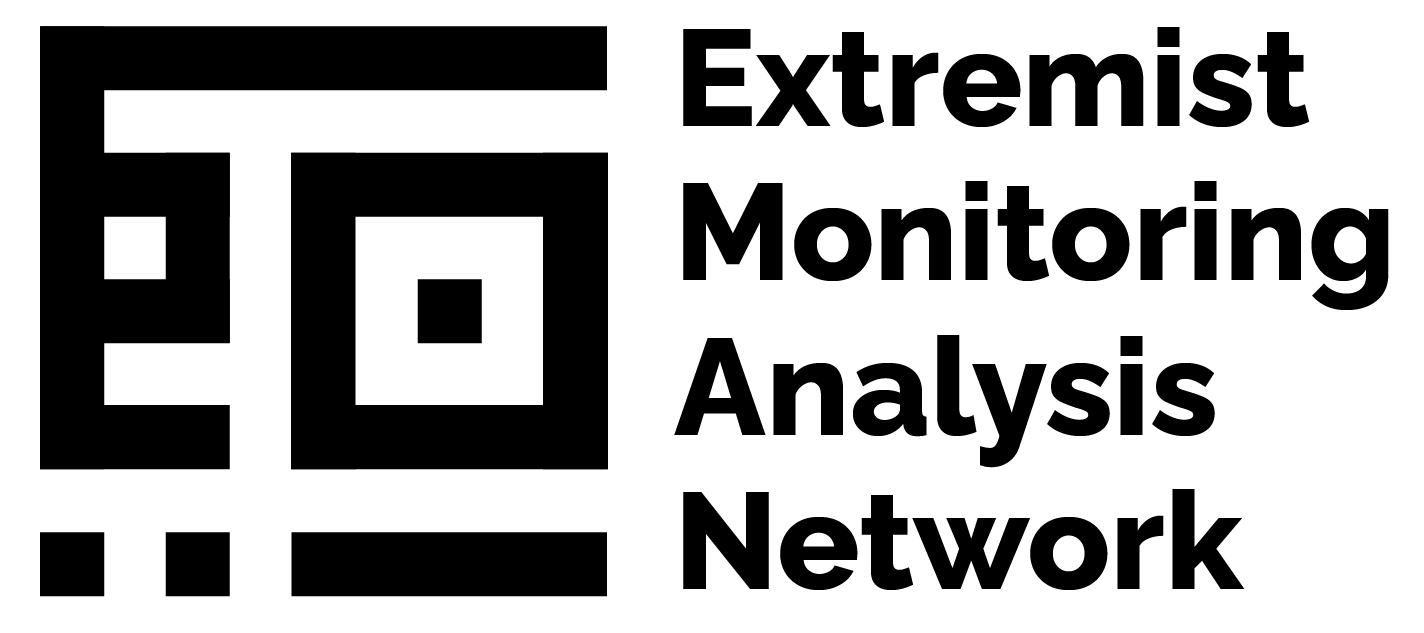Gamifying Extremism: Playing for Hate?
Author(s): EMAN Staff
With approximately 2.7 billion gamers worldwide, video gaming platforms have proven to be an ideal and ever-expanding arena to recruit, finance, radicalise and spread extremist ideologies, particularly among younger people. This has forced policymakers and academics working in the Countering/Preventing Violent Extremism (C/PVE) realms to not underestimate the multiplying power of gaming platforms for incitement and recruitment, and pay closer attention to video games and gamer communities as they become a key medium for online radicalisation.
The trend of radicalisation in the world of gaming is today part and parcel of C/PVE, mainly because video games are a communication medium that makes the transmission of messages a simple task and for many of the world’s most renowned games today – their aspect of violence, war, and combat. Having said that, video games have been examined as effective instruments for recruitment and ideological transmission. There has been growing anxiety that the video gaming industry is being misused, and that many extremist and terrorist organisations have started developing their own video games and gaming forums that are serving as effective propaganda to youths as their primary target.
According to the Anti-Defamation League (ADL), 23% of gamers are involved in conversations about white-supremacist ideology and 9% are involved in debates about Holocaust denial. Further investigations revealed that some virtual organisations on Steam - the largest and most prominent gaming platform - were distinctly pro-Nazi and white nationalists. Steam is one of the top-grossing digital gaming content platforms worldwide and had approximately 120 million active users worldwide in 2020.
According to Bellingcat analysis of hacked Discord talks - a free voice, video, and text chat app that has also become a crucial medium for communication between online gamers, - some white nationalists were radicalised as a result of their engagement on Discord. According to the Institute of Strategic Dialogue (ISD), a think tank specialising in extreme-right movements, and which published a comprehensive report on gaming communities active on discord and the far-right, and of particular concern was the age at which young gamers were coming into contact with extremist thinking – with the average age being 15 years old. Additionally, researchers have recently spotted anti-Semitism, racism, and homophobia on chat platforms such as DLive and Odysee, where people stream and debate about games like Call of Duty and Minecraft and then shift the conversation to private Telegram channels.
Tech Against Terrorism researchers discovered that some gaming platforms were allowing users to experience the roleplay of Anders Breivik’s 2011 attack on the Norwegian island of Utoya, the 2019 mosque shootings in Christchurch, New Zealand, and the 2019 terrorist attack in El Paso, Texas. Other games, however, particularly those known for their in-game violence, have taken a harder approach to ban players accused of incitement. Call of Duty, a famous first-person-shooter game that has amassed a following of over 100 million players as of April 2021, stated that “the actions we have taken to confront racist behaviour include banning players for racist and hate-oriented names, implementing new technology and making it easier for players to report offensive in-game behaviour.”
Researchers examined how right-wing extremists reinterpreted the famous role-playing video game The Elder Scrolls IV: Skyrim to fit their racist ideas. Despite no explicit racist messaging in the game, members of the Stormfront white-nationalist forum formulated their own extremist interpretations of it, “identifying with one of the games’ races, the Nords, and identifying another, the Elves, as Jews.” As such, while games can incorporate explicit messages, through gameplay and characters, the interactive nature of games allows extremists to creatively manipulate how players experience a certain game. Indeed, the ISD report mentioned above also concluded that there was “limited evidence that gaming played a role in serious strategies to radicalise and recruit new individuals on the platform. Instead, gaming was primarily referenced in cultural terms, being used by members of these servers to find common ground.”
Video games allow players to express themselves freely by crafting their own uncensored messages. Such features make it difficult to understand how the transmission of extremist ideologies occurs. According to Patrik Hermansson of Hope Not Hate, “young people have found a low-cost outlet to appear extreme and get disproportionate influence and fear in other members. It doesn’t matter if it’s a 13-year-old or a 30-year-old,” said Hermansson. “It’s easy to dismiss as posturing but these kids do damage, they run far-right campaigns, they produce propaganda and they radicalise other kids,” he added.
The studies have shown that video games and gaming platforms do harbour extremist ideologies and that those groups use video games to fund their ideologies and socialise within their own ranks. Nonetheless, the interactive nature of gaming means that it is unlikely that passively received messages are ignored. Players may rather creatively imagine their meaning after engaging in the game. In light of this, tech companies and production houses should not merely read the transmitted ideological messages found within games, but also investigate and monitor how those games interact with players and the gaming community as a whole.
